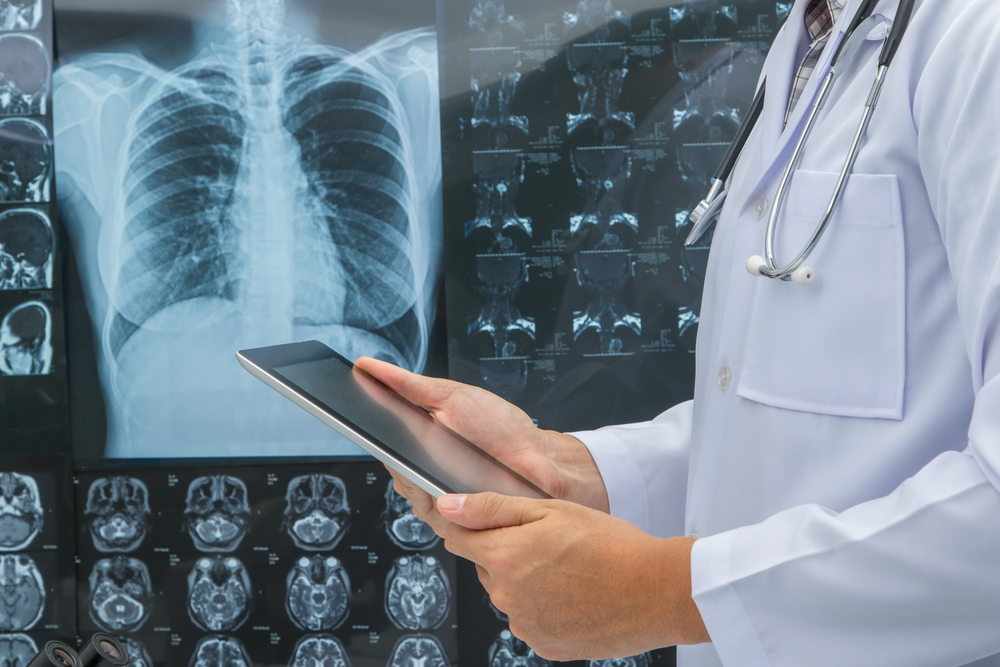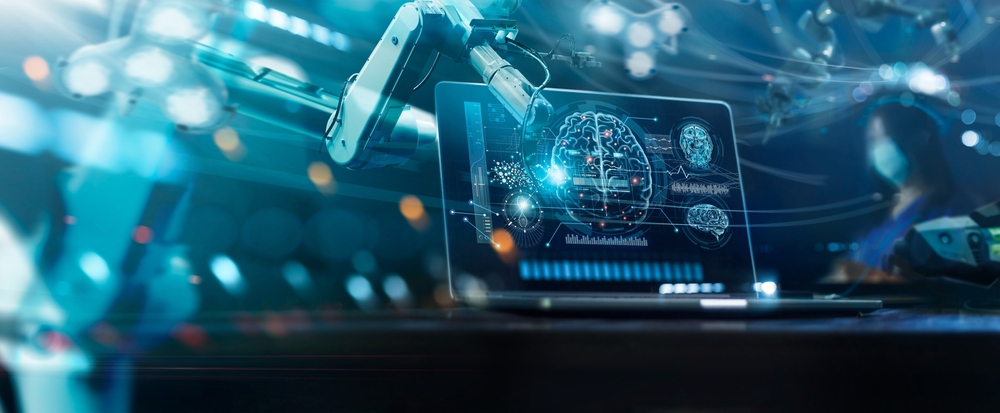Artificial Intelligence (AI) is revolutionizing radiology by enhancing the accuracy and efficiency of medical imaging and diagnosis. By leveraging advanced algorithms and vast datasets, AI can detect abnormalities with unprecedented precision, assisting radiologists in their work and improving patient outcomes. This article delves into the specific applications of AI in radiology, its benefits, challenges, and future prospects.
Automated Image Analysis
AI algorithms can automatically analyze medical images such as X-rays, CT scans, and MRIs. These systems can detect anomalies, measure structures, and highlight areas of concern, reducing the time radiologists spend on initial assessments and allowing them to focus on more complex cases.

Early Detection of Diseases
AI enhances the early detection of diseases by identifying subtle changes in imaging data that might be missed by the human eye. This capability is crucial for early diagnosis of conditions like cancer, where early intervention can significantly improve patient outcomes.
Quantitative Imaging Biomarkers
AI enables the extraction of quantitative imaging biomarkers, which provide measurable indicators of disease presence and progression. These biomarkers can be used to monitor treatment response, track disease progression, and personalize patient care, leading to more precise and effective treatments.
Workflow Optimization
AI streamlines radiology workflows by automating routine tasks such as image sorting, triaging, and report generation. This automation reduces the workload on radiologists, decreases turnaround times for imaging studies, and enhances overall departmental efficiency.

Enhancing Diagnostic Accuracy
AI-powered tools assist radiologists in making more accurate diagnoses by providing a second opinion. These tools compare current imaging data with vast databases of historical cases, offering insights and probabilities that can confirm or challenge initial diagnoses, reducing diagnostic errors.
AI-Powered Teleradiology
AI supports teleradiology by enabling remote analysis of medical images. Radiologists can collaborate with AI systems to provide diagnostic services to underserved or remote areas, ensuring that patients receive timely and accurate care regardless of their location.
Personalized Radiology Reports
AI generates personalized radiology reports by integrating patient-specific data, such as electronic health records and genetic information. These tailored reports provide comprehensive insights into the patient’s condition, aiding in the development of personalized treatment plans.

Education and Training
AI serves as an educational tool for radiologists in training. Interactive AI systems can simulate various scenarios, providing trainees with real-time feedback and enhancing their diagnostic skills. This continuous learning environment ensures that radiologists stay updated with the latest advancements.
Reducing Radiologist Burnout
By automating repetitive and time-consuming tasks, AI reduces the risk of burnout among radiologists. With AI handling routine analyses, radiologists can dedicate more time to complex cases and patient interactions, improving job satisfaction and reducing stress.
Ethical and Regulatory Challenges
The integration of AI in radiology raises ethical and regulatory concerns. Ensuring patient data privacy, obtaining informed consent for AI use, and addressing potential biases in AI algorithms are critical. Regulatory bodies need to establish guidelines to ensure the safe and ethical use of AI in medical imaging.

Future Prospects
The future of AI in radiology is promising, with continuous advancements expected to further enhance its capabilities. Ongoing research and development will lead to more sophisticated AI tools, broader applications, and improved integration into clinical practice, ultimately transforming radiology into a more precise and efficient field.
Conclusion
AI is set to transform radiology by enhancing the accuracy, efficiency, and personalization of medical imaging and diagnosis. By embracing AI technology, radiologists can improve patient outcomes, optimize workflows, and advance the field of medical imaging. As AI continues to evolve, its integration into radiology promises to bring about a new era of precision medicine and improved healthcare delivery.

